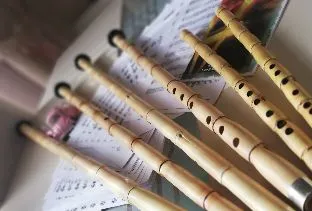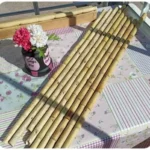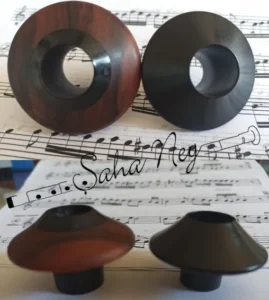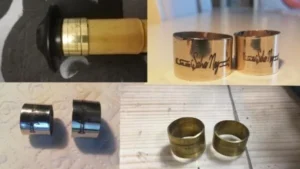Which Type of Ney Should I Choose?
Unlike other musical instruments, the ney is not mass-produced in a factory setting. It is crafted from a natural material arundo donax . As such, it cannot be produced in a standardized, industrial, or serial manner. If a ney is claimed to be made through such methods, it should definitely be avoided. With this in mind, we will outline the key points to consider when choosing a ney.


What should I look for in the general construction of a ney?
It is important that the outer surface of the reed is glossy, the nodes are equal or nearly equal in length, the aşiran hole is positioned in the middle of a node, the reed is not crooked, and the knots are carefully cleaned without damaging the reed and filled using appropriate materials.
What should I consider when choosing a başpâre (mouthpiece)?
The başpâre, a mouthpiece used only by Turks in the Islamic world to facilitate ney playing, is commonly made from water buffalo horn. However, it is also produced from inorganic materials such as derlin (a hard type of plastic), fiber, or Teflon, and from organic materials like ebony, boxwood, rosewood, ivory, and amber. Water buffalo horn and ivory başpâres generally offer better and richer sound quality, but they are more difficult to obtain and expensive. Therefore, başpâres made from a combination of horn and other materials or from derlin are more commonly preferred. After selecting the material, the chosen başpâre must not have any cracks on its body and the part that extends into the reed should not be too long. There should be no gap between the inner wall of the reed and the başpâre, and the inner surface where air is blown should be concave.


How should the parazvâne be?
Parazvânes, which are attached to protect the ends of the reed, should be made of thin metals such as silver, alpaca, chrome, brass, or gold—ranging in thickness from 0.35 to 0.40 mm—due to the risk of affecting the sound quality. The upper and lower parazvânes must be of equal width. Whether or not the parazvâne has engravings does not influence the sound, so it may be chosen based on aesthetic preference.
Where should I buy my ney?
"Where can you buy a ney?" This is often the first question that comes to mind when someone initially becomes interested in the instrument. If you want to buy a ney that is properly tuned and crafted according to traditional methods, it is best to get it from a ney maker who knows how to play and customizes each instrument to the individual. In addition to the points mentioned above, the most important aspect is that the ney should be tuned precisely according to the desired makam (mode) it is crafted for.
If someone is just beginning to play the ney and has doubts about which ney to buy, it is advisable to seek help from someone who has experience in this area when going to purchase one. If it’s not possible to go with an experienced person, the buyer should absolutely discuss the option of unconditional return and/or exchange with the seller. Afterward, the ney should be examined by a knowledgeable person or teacher to decide whether to return, exchange, or finalize the purchase.
sahaney.com or through our social media accounts, every ney you order in any tuning (karar) comes with guaranteed tuning, exchange, and return options.
May your new ney, acquired according to the criteria above, bring you goodness and may your breath remain everlasting.